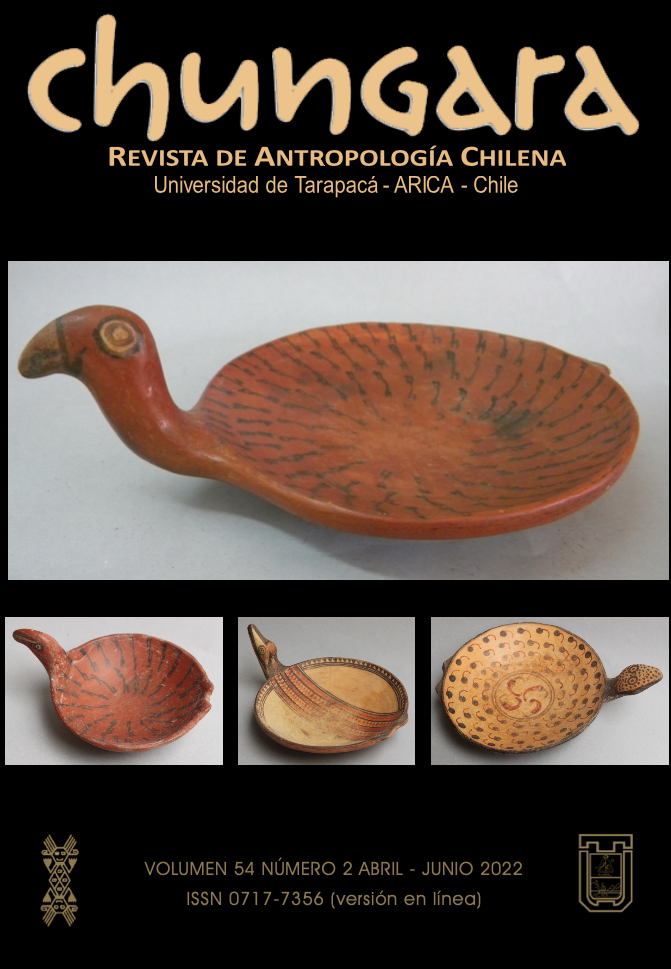DRESSING IN OTHER PEOPLE’S CLOTHES. CHANGES IN CLOTHING DURING EVANGELIZATION OF RAPA NUI: A DIALOGIC EXPRESSION (1864-1877)
VESTIR CON ROPAS AJENAS. LOS CAMBIOS EN LA VESTIMENTA DURANTE LA EVANGELIZACIÓN DE RAPA NUI: UNA EXPRESIÓN DIALÓGICA (1864-1877)
Antonia Mardones and Andrea Seelenfreund
In all human societies, textiles play important roles in social, economic, and religious life. As in other Polynesian societies, on Rapa Nui (Easter Island) in the second half of the 19th century, textiles were important locally and served, above all, as objects of exchange with foreign visitors. This article examines cultural transformations that occurred on Rapa Nui, as reflected in the use and signification of textiles, particularly in the use of introduced cloth and clothing during the times of the first missions and the first colonial agents. Our analysis is based on information taken from missionary writings and from the reports of travelers and explorers who visited the island during that period. Understanding that material culture cannot be separated from the cultural practices in which it is embedded, our analysis will focus on accounts referring to material objects as elements that reflect the social and cultural transformations of the historic context in which they were created. We argue that the islanders redefined Western textiles that were introduced, using them in ritual contexts appropriate to the island’s culture. European textiles acted as status markers within a new social organization, and also served as sociopolitical markers among island groups (Christian converts and non-converts).






